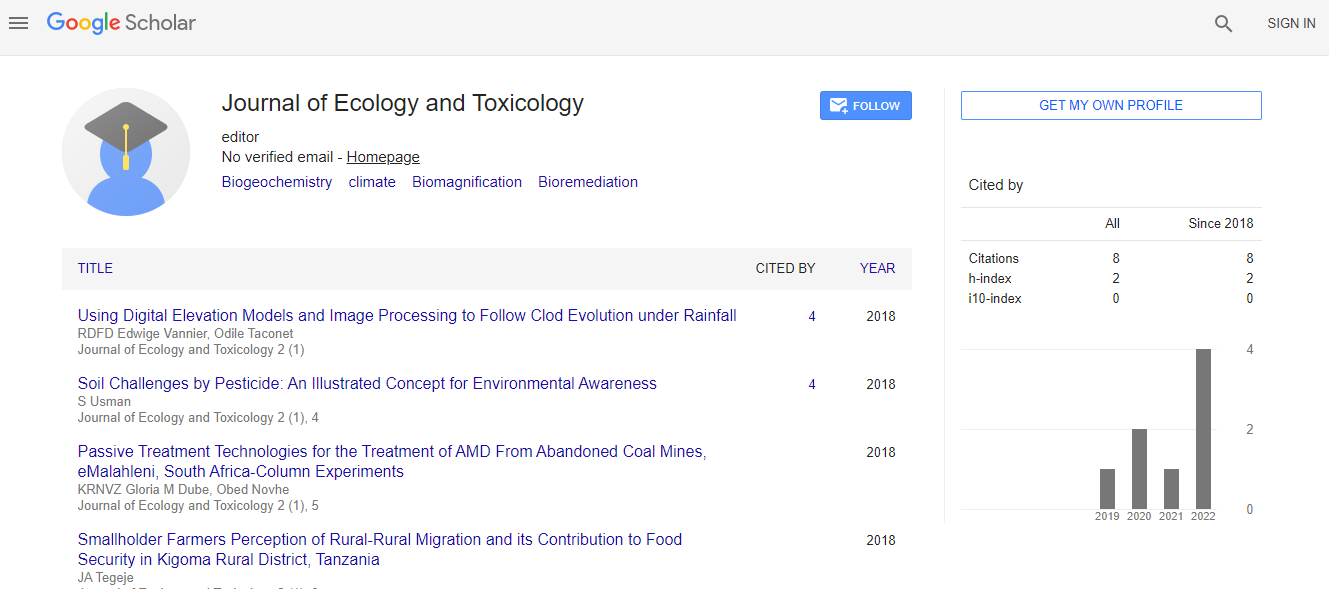Storage environment and its effect on alteration and damage of acetate films
*Corresponding Author:
Copyright: © 2021 . This is an open-access article distributed under the terms of the Creative Commons Attribution License, which permits unrestricted use, distribution, and reproduction in any medium, provided the original author and source are credited.
Abstract
Photographic materials have been produced with a variety of chemicals and substrates since their advent. In the early years from 1890 through 1930s nitrate (or nitrocellulose) base was used for cinematographic, photographic and microfilm substrates and we probably all heard stories of them being prone to spontaneous combustion. In the 1930s and certainly from the 1950s in New Zealand most of the film substrates were manufactured using a cellulose acetate base, which with homage to its predecessor was often known as “Safety Film”. Scientific tests spearheaded by Kodak suggested this film would have a life expectancy of up to 100 years if stored correctly, and in truth this was accurate.
This paper presents a study of characterization of damage to acetate films. This group of films is from the collection of Vart Studio, an Armenian owner, located in the downtown of Cairo, Egypt, and it dates back to the 1930s of the last century. These films have been documented. Surface damage was identified by using a digital microscope of 1000x and 350x. These films have been digitized. UV photography was used to identify the Signs on the surface. These films have been kept in special envelopes to keep them from changing due to weather factors.

 Spanish
Spanish  Chinese
Chinese  Russian
Russian  German
German  French
French  Japanese
Japanese  Portuguese
Portuguese  Hindi
Hindi 